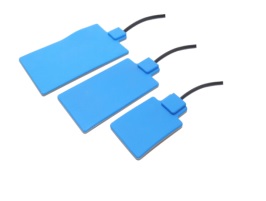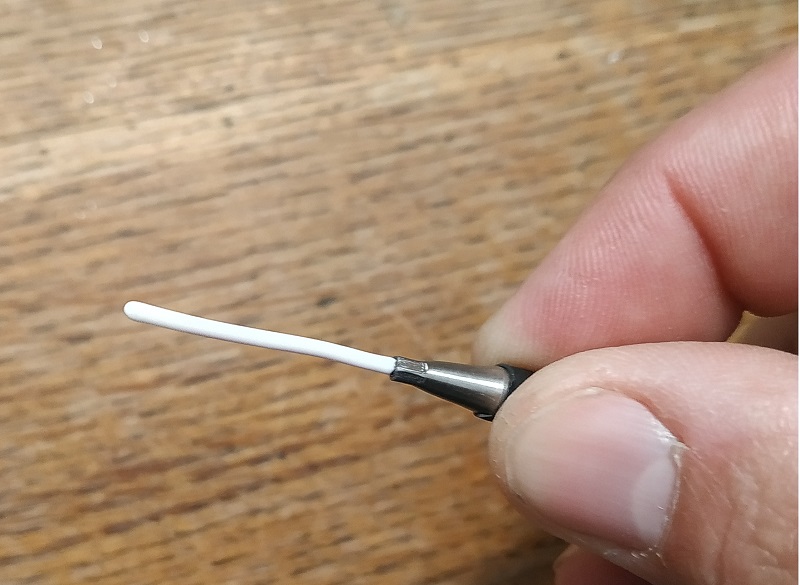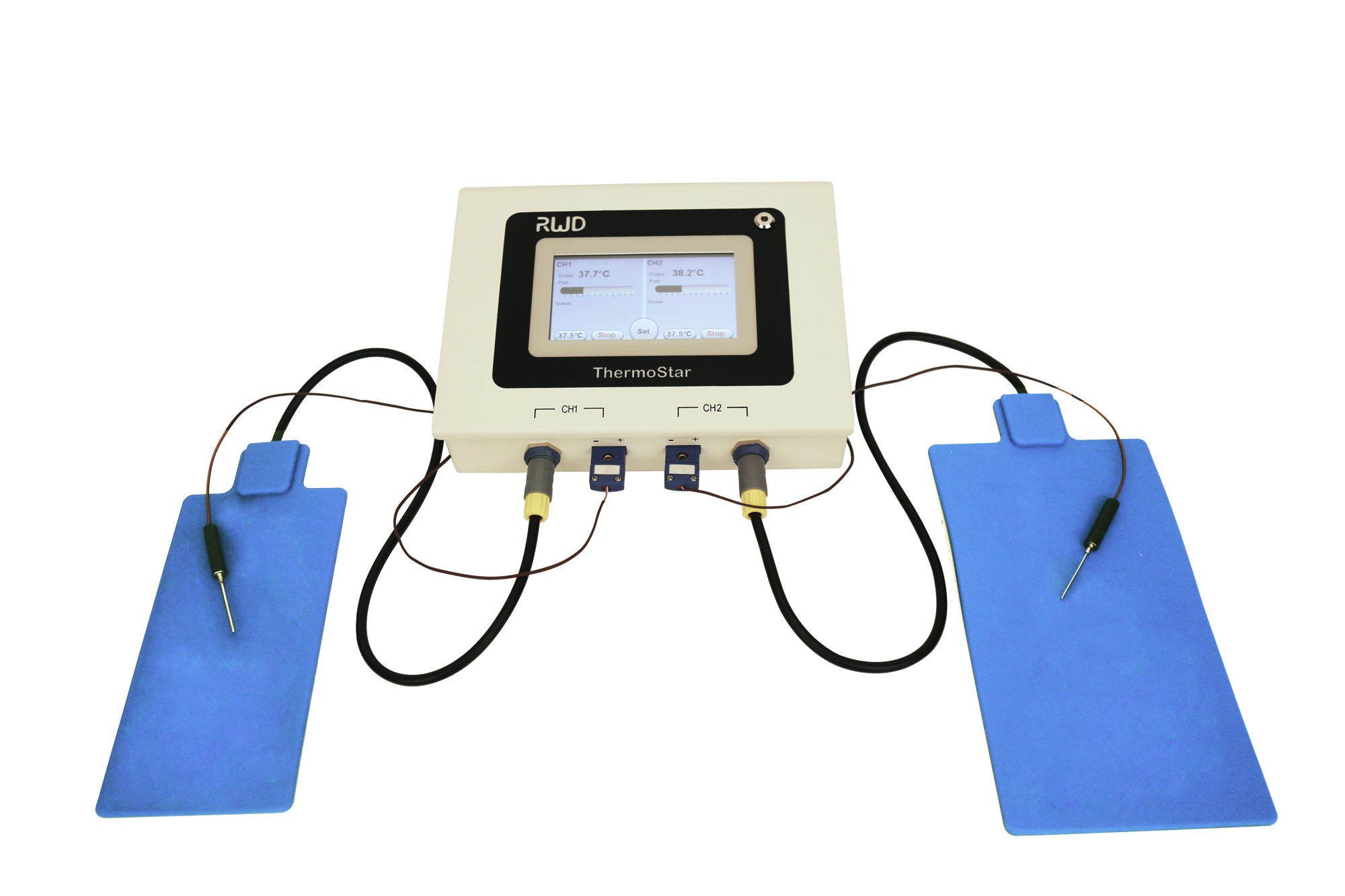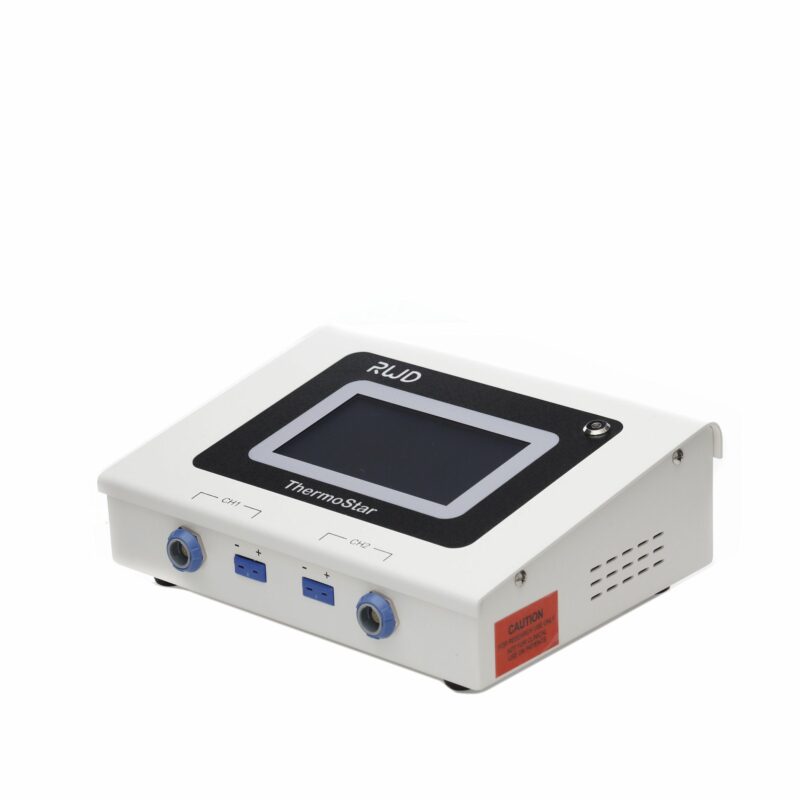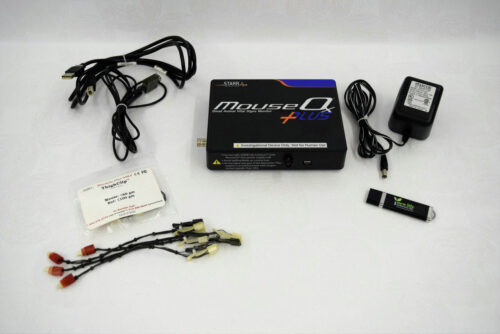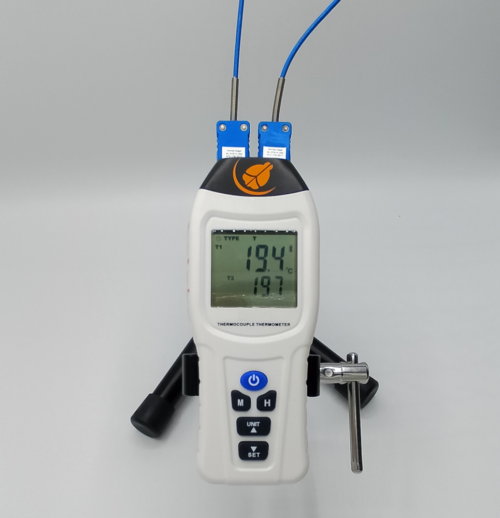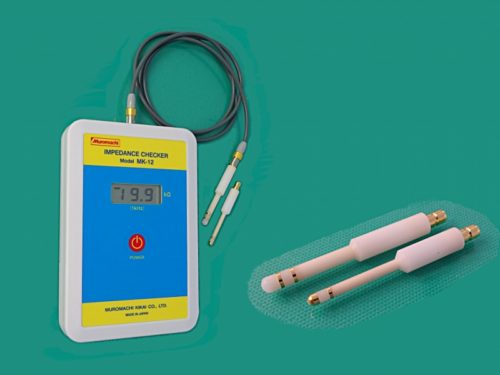Publications
Chinese Herbal Medicine Xueshuantong Enhances Cerebral Blood Flow and Improves Neural Functions in Alzheimer’s Disease Mice
Huang, Yangmei; et al Journal of Alzheimer’s Disease 2018
Reduced cerebral blood flow in Alzheimer’s disease (AD) may occur in early AD, which contributes to the pathogenesis and/or pathological progression of AD. Reversing this deficit may have therapeutic potential. Certain traditional Chinese herbal medicines (e.g., Saponin and its major component Xueshuantong [XST]) increase blood flow in humans, but whether they could be effective in treating AD patients has not been tested. We found that systemic XST injection elevated cerebral blood flow in APP/PS1 transgenic mice using two-photon time-lapse imaging in the same microvessels before and after injection. Subchronic XST treatment led to improved spatial learning and memory and motor performance in the APP/PS1 mice, suggesting improved neural plasticity and functions. Two-photon time lapse imaging of the same plaques revealed a reduction in plaque size after XST treatment. In addition, western blots experiments showed that XST treatment led to reduced processing of amyloid-β protein precursor (AβPP) and enhanced clearance of amyloid-β (Aβ) without altering the total level of AβPP. We also found increased synapse density in the immediate vicinity of amyloid plaques, suggesting enhanced synaptic function. We conclude that targeting cerebral blood flow can be an effective strategy in treating AD.
Activation of parvalbumin interneurons in anterior cingulate cortex impairs observational fear
ChunranZhou et al Science Bulletin 2018
The ability to detect conspecific’s distress is crucial for animal survival. In rodent models, observational fear (OF) occurs when one animal perceives another fear related negative emotions, which may model certain behaviors caused by witnessing traumatic experiences in humans. Anterior cingulate cortex (ACC) has been showed to play a crucial role in OF. However, cellular and neural circuit basis relating to ACC governing OF is poorly understood. Here, we used Designer Receptor Exclusively Activated by a Designer Drug (DREADD) system to investigate the cell type specific circuit mechanism of ACC in OF. Firstly, inhibitory hM4D (Gi) designer receptor together with clozapine N-oxide (CNO) injection was applied to inactivate ACC neurons in the observer mice. We found that, chemogenetic inhibition of ACC resulted in a decreased freezing response in the observer mice. Next, combining PV-ires-Cre mice and Cre-dependent DREADD system, we selectively targeted the ACC parvalbumin (PV) interneurons with the excitatory hM3D (Gq) designer receptor.
CLARITY for High-resolution Imaging and Quantification of Vasculature in the Whole Mouse Brain
Lin-Yuan Zhang et al. Aging Dis. 2018
Elucidating the normal structure and distribution of cerebral vascular system is fundamental for understanding its function. However, studies on visualization and whole-brain quantification of vasculature with cellular resolution are limited. Here, we explored the structure of vasculature at the whole-brain level using the newly developed CLARITY technique. Adult male C57BL/6J mice undergoing transient middle cerebral artery occlusion and Tie2-RFP transgenic mice were used. Whole mouse brains were extracted for CLARITY processing. Immunostaining was performed to label vessels. Customized MATLAB code was used for image processing and quantification. Three-dimensional images were visualized using the Vaa3D software. Our results showed that whole mouse brain became transparent using the CLARITY method. Three-dimensional imaging and visualization of vasculature were achieved at the whole-brain level with a 1-μm voxel resolution. The quantitative results showed that the fractional vascular volume was 0.018 ± 0.004 mm3 per mm3, the normalized vascular length was 0.44 ± 0.04 m per mm3, and the mean diameter of the microvessels was 4.25 ± 0.08 μm. Furthermore, a decrease in the fractional vascular volume and a decrease in the normalized vascular length were found in the penumbra of ischemic mice compared to controls (p < 0.05). In conclusion, CLARITY provides a novel approach for mapping vasculature in the whole mouse brain at cellular resolution. CLARITY-optimized algorithms facilitate the assessment of structural change in vasculature after brain injury.
Glibenclamide Enhances the Therapeutic Benefits of Early Hypothermia after Severe Stroke in Rats
Shuzhen Zhu et al. Aging Dis. 2018
Glibenclamide (GBC) is an antidiabetic drug that is in a class of medications known as sulfonylureas, which play critical roles in attenuating brain edema and reducing mortality in ischemic stroke patients. Therapeutic hypothermia (TH) is another robust neuroprotectant that prevents brain swelling and improves the neurological outcomes of stroke patients. However, whether the combination of GBC and TH can be used as a reliable neuroprotectant in ischemic stroke remains largely unknown. We used the middle cerebral artery occlusion (MCAO) rat model as well as oxygen and glucose deprivation-reoxygenation (OGD/R) endothelial cells as ischemic stroke models to investigate the efficacy and mechanisms of treating ischemic stroke with the combination of GBC and TH. The serum glucose, mortality rate, neurobehavioral functions, tight junctions, endothelial cells and inflammatory cytokines were evaluated in the stroke models after treatment with GBC, TH or the combination of them. After 5-hour occlusion and subsequent reperfusion, rats exhibited a large volume of hemispheric swelling and a high mortality rate. Stroke rats treated with the combined therapy did not exhibit hypoglycemia. The combination of GBC and TH exhibited synergistic neuroprotective effects in stroke rats that were associated with greater reductions in edema volume, better improvement in neurobehavioral functions, prevention of tight junction loss, and reduction of expression of the inflammatory cytokines COX-2 and iNOS. In OGD/R endothelia cells, the combination reduced endothelial cell death. This study demonstrated that both GBC and TH are neuroprotective after the severe stroke; however, combined therapy with GBC and TH enhanced the efficiency and efficacy of the effects of TH and GBC in the treatment of ischemia. This combined therapy may facilitate the clinical translation of TH management for severe stroke. The combination of GBC and TH seems to be a feasible and promising clinical strategy to alleviate cerebral injury following severe stroke.
Sirt3 deficiency impairs neurovascular recovery in ischemic stroke
Xiao Yang et al. CNS Neuroscience & Therapeutics 2018
Sirt3 is one member of the NAD+‐dependent protein deacetylase family and plays crucial roles in diverse aspects of mammalian biological function. Then the role of Sirt3 on ischemia stroke is unknown.

